As an Amazon Associate, I earn from qualifying purchases
For authentic South American cooking, a good set of knives and a heavy-duty blender are essential. A comal for grilling and a mortar and pestle for spices also top the list.
South American cuisine is a vibrant tapestry of flavors, blending indigenous ingredients with European, African, and Asian influences. To recreate these rich, diverse dishes at home, having the right tools is key. A sharp set of knives ensures precise cuts of meats and vegetables, vital for dishes like ceviche or asado.
The heavy-duty blender is indispensable for silky smooth sauces and soups, such as the iconic gazpacho or the rich, nutty flavors of a Brazilian moqueca. For those who love the charred taste of grilled vegetables or meats, a comal is a must-have. And to truly capture the essence of South American spices, a mortar and pestle allow for the perfect blend of herbs and seasonings, essential for creating the depth of flavor found in many traditional dishes. With these tools, anyone can bring the authentic taste of South America into their kitchen.
Introduction To South American Cuisine
Introduction to South American Cuisine takes us on a flavorful journey. This cuisine blends native ingredients with European, African, and Asian influences. The result is a rich tapestry of tastes and traditions. Each country in South America adds its unique twist to the culinary world, making it a vibrant and diverse food haven.
Cultural Richness In Flavors
South American cooking is a feast for the senses. It features bold spices, fresh herbs, and a wide range of textures. Key ingredients include corn, potatoes, quinoa, and beans. Meats, especially beef and chicken, play a big role too. Let’s not forget the seafood, a staple along the coast. Fruits like avocado, mango, and papaya add a sweet touch to many dishes.
Regional Variations
Each region in South America has its signature dishes. The Andes mountains offer hearty stews and potato dishes. The Amazon rainforest is home to exotic fruits and fish. The pampas of Argentina and Uruguay are famous for their beef dishes. Coastal areas serve up fresh ceviche and seafood delights. These variations reflect the geographical and cultural diversity of the continent.
- Andes Mountains: Known for stews and potato-based dishes.
- Amazon Rainforest: Offers exotic fruits and fish.
- Pampas: Famous for beef dishes.
- Coastal Areas: Serve fresh ceviche and seafood.
The Asado Grill: Heart Of Argentinean Barbecue
The Asado Grill, a cornerstone of Argentinean culture, brings people together around fiery coals. This grill isn’t just a cooking apparatus; it’s a tradition that encapsulates the essence of South American barbecue. Friends and family gather around the asado to enjoy not only the food but the company and the experience.
Choosing The Right Asado Grill
Selecting the proper asado grill is key to authentic Argentinean barbecue. The grill should be sturdy and spacious enough to accommodate various meats. Grills with adjustable grates are preferable for controlling heat. Materials matter as well; go for grills made of stainless steel or cast iron for longevity and even heat distribution.
- Size: Ensure it fits your space and the amount of food you’ll cook.
- Material: Stainless steel or cast iron lasts longer and heats evenly.
- Adjustability: Grates that move are essential for heat control.
Techniques For Perfect Grilling
Mastering the art of asado requires patience and practice. Start with a low fire to slowly cook the meat, preserving its juices. As the meat nears readiness, raise the heat to sear the exterior, creating a delectable crust. Use a mix of salt and chimichurri for a signature flavor. Remember, the key to perfect asado is in the timing and the love you put into it.
- Start slow: Begin with a low fire to cook the meat gently.
- Time the heat: Increase the heat to sear the outside for a crust.
- Season well: Salt and chimichurri are your best friends.
Chilean Curanto Pit: Earthy Cooking Method
Imagine a cooking method deeply rooted in the earth itself. Chilean Curanto Pit is just that. This ancient technique uses the heat from hot stones. It cooks a variety of foods together. The result is a smoky and delicious feast. Let’s explore how to build a traditional curanto. We’ll also uncover the secrets to making it flavorful.
Building A Traditional Curanto
Dig a hole in the ground. It should be about three feet deep. Line the pit with stones. Choose ones that can withstand high heat. Heat the stones with a wood fire until they are red hot. This process may take several hours. Once the stones are ready, you can begin layering the food.
- Seafood: like mussels and clams go in first.
- Meat: such as chicken and pork, is added next.
- Potatoes and vegetables: top the meats.
Wrap the food in large Nalca leaves or wet sacks. This creates a natural pressure cooker. Cover everything with more leaves or cloth. Finally, bury it with soil. This seals the heat inside.
Secrets To A Flavorful Curanto
The key to a successful curanto lies in its flavors. Marinate meats overnight. Use bold spices and herbs. Chili, garlic, and cilantro are popular choices. Layer ingredients based on cooking time. This ensures everything cooks evenly.
| Ingredient | Preparation | Cooking Time |
|---|---|---|
| Seafood | Clean and marinate | Bottom layer, longer cooking |
| Meat | Marinate with spices | Middle layer |
| Vegetables | Wash and cut | Top layer, shorter cooking |
Adding Chilean white wine to the marinade can enhance flavors. Use local ingredients for authenticity. Let the curanto cook for about three hours. The earthy aroma will tell you it’s ready. Unearth the pit carefully. Revel in the steamy mix of flavors that emerge.

Credit: www.facebook.com
Brazilian Churrasco Swords: Skewering Meats
Brazilian Churrasco Swords, or skewers, are more than just a way to grill. They are the centerpiece of the traditional Brazilian barbecue, known as churrasco. These long, metal skewers are essential for any South American cooking enthusiast looking to replicate an authentic churrasco experience at home.
Types Of Churrasco Swords
- Single-prong Swords: Ideal for large cuts of meat.
- Double-prong Swords: Great for securing smaller, delicate items.
- Rotating Swords: Ensure even cooking on all sides.
Each type of sword serves a specific purpose. Single-prong swords hold hefty portions. Double-prong swords prevent spinning of food. Rotating swords allow meats to cook uniformly.
Tips For Juicy Skewered Meats
| Tip | Details |
|---|---|
| Marinate | Use a mix of spices and oil for flavor and tenderness. |
| Room Temperature | Bring meats to room temperature before skewering. |
| Preheat | Ensure the grill is hot to sear the meat quickly. |
| Don’t Overcrowd | Leave space between pieces for even cooking. |
| Rest | Let meats rest post-grill to retain juices. |
Marinating is key for tasty, tender meats. Meats should sit until room temperature. A hot grill sears meats, locking in flavors. Don’t pack meats too tightly on swords. Always rest meats after grilling. This keeps them juicy and flavorful.
Colombian La Olla: The Essential Pot
Colombian La Olla: The Essential Pot is a cornerstone in South American kitchens. This traditional clay pot is vital for cooking authentic Colombian stews. Its unique material allows for slow cooking. This process enhances flavors, melding them together perfectly.
The Art Of Colombian Stews
La Olla is central to Colombian cuisine. It’s perfect for Sancocho, Ajiaco, and other stews. These dishes rely on La Olla for their signature taste. The pot’s thick walls distribute heat evenly. This ensures meats and vegetables cook slowly. It preserves their natural juices and nutrients. Each stew made in La Olla carries a depth of flavor. This is unmatched by modern cookware.
Caring For Your La Olla
Proper care extends your La Olla’s life. Start by seasoning it before first use. Fill it with water and a white vinegar mix. Boil for a few minutes. Rinse and dry it thoroughly. Always use low to medium heat. High temperatures can crack the clay.
Cleaning requires a soft sponge and mild detergent. Avoid harsh chemicals. They can seep into the clay. Air-dry the pot after washing it. With each use, La Olla becomes more seasoned. This adds to the flavors of your dishes.
- Season before first use
- Use low to medium heat
- Wash with mild detergent
- Air-dry after washing

Credit: www.instagram.com
Peruvian Ceviche Bowls: Citrus And Seafood Fusion
Peruvian Ceviche Bowls: Citrus and Seafood Fusion brings a taste of South America to your kitchen. This dish combines fresh seafood with tangy citrus. The result? A refreshing, flavor-packed meal. Let’s explore how to create this delicious dish.
Selecting The Ideal Ceviche Bowl
Choosing the right bowl is key. It affects presentation and taste. Here are tips:
- Material Matters: Glass or ceramic bowls are best. They keep ingredients cool.
- Size is Important: Bowls should be small. This makes eating easier.
Mastering The Marinade
The marinade brings the dish to life. Follow these steps:
- Pick Fresh Citrus: Use fresh limes for the best taste.
- Balance is Key: Mix citrus with salt and pepper. This creates the perfect flavor.
- Marinate Right: Let the seafood sit in the marinade. Do this for at least 15 minutes. It absorbs the flavors.
Remember, fresh ingredients make the best ceviche. Enjoy making and eating this South American treat!
Venezuelan Arepa Press: Staple At Every Table
The Venezuelan Arepa Press is an iconic kitchen tool. It transforms simple ingredients into delicious arepas. A must-have for authentic South American cooking. This press ensures your arepas have the perfect shape and texture every time.
Making The Perfect Arepa
- Mix dough with pre-cooked cornmeal, water, and salt.
- Form a ball and place it in the center of the press.
- Close the press firmly to flatten the dough.
- Open the press to reveal a perfectly shaped arepa.
- Cook on a griddle until golden on both sides.
Maintaining Your Arepa Press
Proper care extends your press’s life. Here’s how:
- Wipe clean after every use.
- Avoid soap. It can strip the seasoning.
- Dry completely to prevent rust.
- Occasionally, rub with oil for a non-stick surface.
Ecuadorian Mortar And Pestle: Pastes And Salsas
The Ecuadorian mortar and pestle stand as timeless tools. Known locally as a ‘mocajete’, this tool is key in South American kitchens. It transforms simple ingredients into rich, flavorful pastes and salsas.
The Role Of Texture In Flavor
Texture plays a crucial role in South American cuisine. It impacts how we enjoy food. The mocajete crushes ingredients finely. This releases essential oils and flavors. These flavors are often lost with electric grinders.
- Chilies become more potent.
- Herbs release fresh aromas.
- Seeds and nuts offer a fuller taste.
Preserving The Tradition
Using an Ecuadorian mortar and pestle is about tradition. It connects cooks to their culinary heritage. Handmade pastes and salsas carry stories of culture and family. They bring authenticity to every dish.
| Tool | Use |
|---|---|
| Mortar | Container for ingredients |
| Pestle | Crusher for grinding |
Every salsa made is unique. The force and rhythm of grinding vary from person to person. These variations add character to the salsas. The mocajete is more than a tool. It is a keeper of flavors and traditions.
Cooking With Wood-fired Ovens
Wood-fired ovens are essential in South American cooking. They offer a unique flavor that’s hard to replicate. These ovens take your dishes to a new level.
Infusing Smokiness
The key to South American cuisine lies in its smoky essence. Wood-fired ovens provide this distinct taste.
- Choose the right wood. Hardwoods like oak or hickory work best.
- Preheat the oven. This ensures even cooking and optimal flavor.
- Control the flame. It affects the smokiness in your food.
Wood Oven Maintenance
Proper care extends your oven’s life and improves food quality.
- Clean after each use. Remove ash and food residue.
- Inspect for cracks. Fix them to prevent heat loss and damage.
- Season the cooking surface. It prevents sticking and rust.
Conclusion: Integrating Tools Into Modern Kitchens
Embracing South American culinary heritage enriches modern cooking spaces. Unique flavors and techniques come alive with traditional tools. These tools not only enhance the authenticity of dishes but also add a touch of cultural history to your kitchen.
Balancing Tradition And Innovation
Modern kitchens thrive on a blend of old and new. Traditional South American tools like the molcajete and churrasco grill can stand alongside the latest appliances. This balance brings timeless recipes into today’s culinary world. The key is to respect traditional methods while embracing modern convenience.
Where To Find Authentic Tools
- Explore local markets for handcrafted items.
- Visit specialty stores that focus on Latin American cuisine.
- Search online retailers for a wide selection.
- Check out culinary forums for expert recommendations.
Tools from South America are within reach. Start cooking with passion and authenticity today!
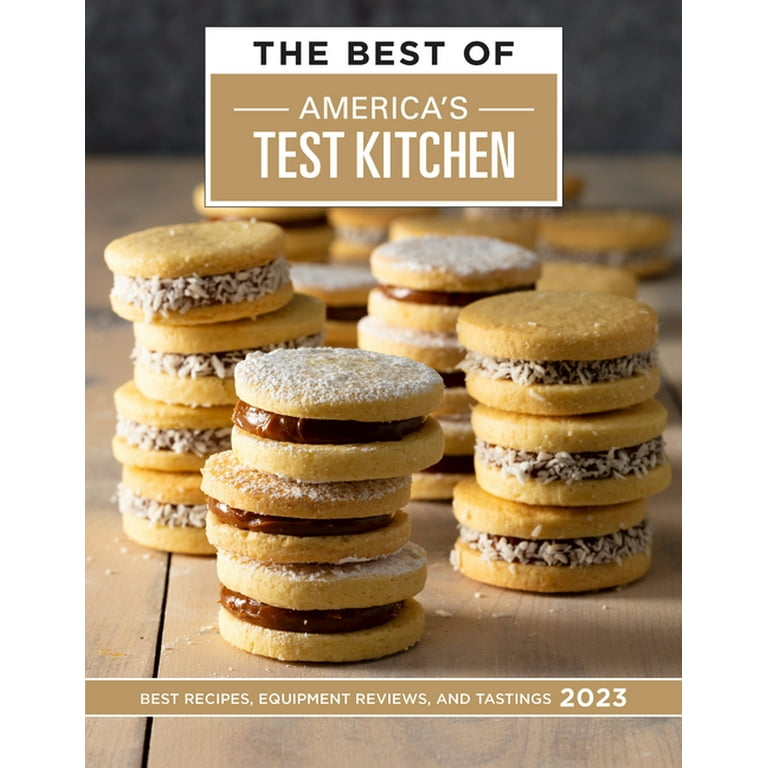
Credit: www.walmart.com
Frequently Asked Questions
What Is The Main Cooking Tool Used In Mexican Cuisine?
The main cooking tool used in Mexican cuisine is the comal. This flat griddle is essential for preparing tortillas, toasting spices, and roasting vegetables. Its versatility and simplicity make it a cornerstone of traditional Mexican cooking methods.
What Is The Most Essential Tool For A Cook?
The most essential tool for a cook is a sharp, high-quality chef’s knife. It’s versatile, making it perfect for chopping, slicing, and dicing various ingredients. Every cook should have one in their kitchen for efficient and precise food preparation.
What Is An All Purpose Circular Clay Cooking Device Used As A Mainstay In Mexican Kitchens Called?
An all-purpose circular clay cooking device in Mexican kitchens is known as a comal.
What Kitchen Tool Is Essential For Chinese Cooking?
A wok is an essential kitchen tool for authentic Chinese cooking, perfect for stir-frying, steaming, and deep-frying.
What Is A Comal Used For?
A comal is a traditional griddle essential for cooking tortillas, toasting spices, and searing meats in South American cuisine.
Can I Substitute A Caldero Pot?
While alternatives exist, a caldero is unique for its heat distribution, ideal for rice dishes and stews common in South American kitchens.
Why Use A Molcajete For Spices?
A molcajete grinds spices and herbs, releasing their natural oils and flavors more effectively than electric grinders, enhancing authentic South American dishes.
What’s Essential For Ceviche Preparation?
Sharp knives and a citrus juicer are crucial for precisely cutting fish and extracting fresh lime or lemon juice, which are key for making ceviche.
How To Choose A Churrasco Knife?
Select a churrasco knife with a long, sharp blade for clean cuts of grilled meats, ensuring it has a comfortable grip for ease of use.
Is A Paila Important For Cooking?
A paila is vital for achieving the unique crust in dishes like llapingachos, as its thick base provides consistent heat necessary for traditional South American recipes.
Conclusion
Embracing the flavors of South America starts in your kitchen with the right tools. From the versatile parrilla to the essential calabash, your culinary arsenal is now complete. Delight in the authenticity each dish brings to your table. Get ready to explore a world of vibrant tastes and unforgettable meals.
Happy cooking!
As an Amazon Associate, I earn from qualifying purchases


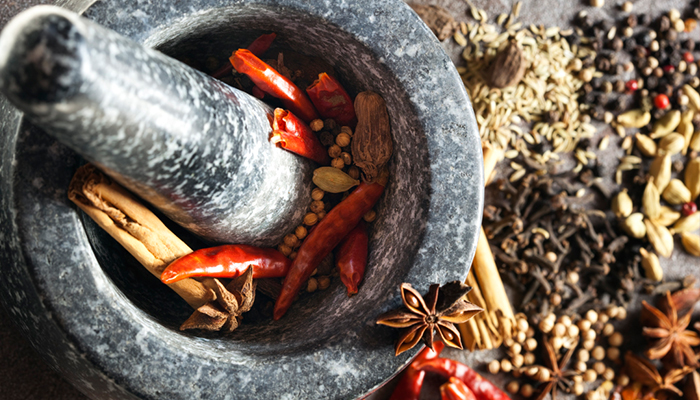
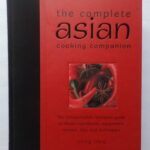
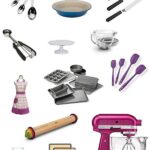



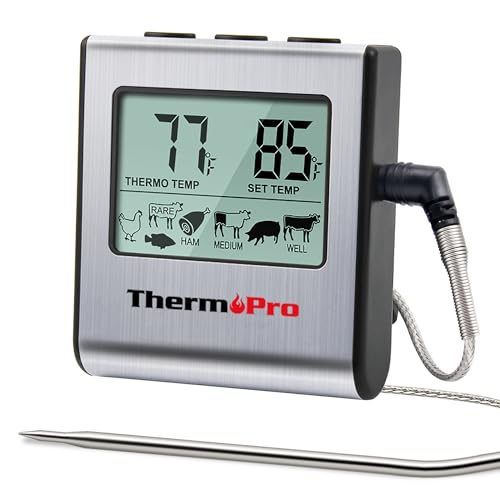
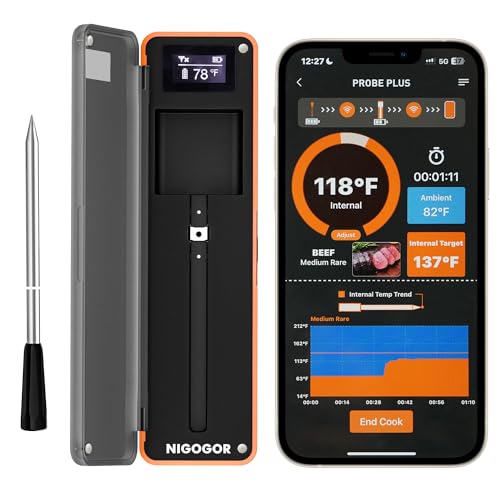
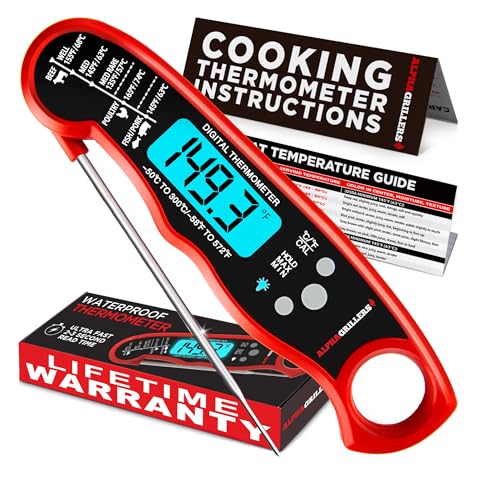
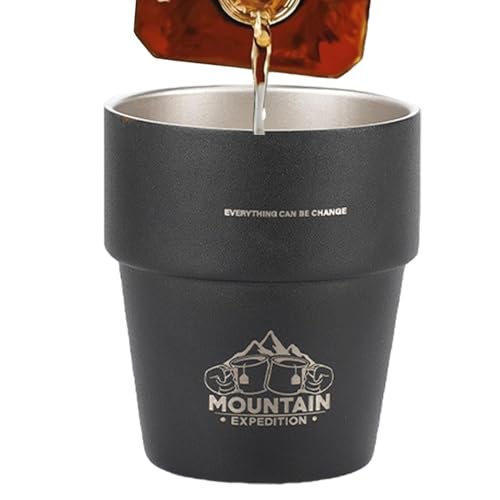
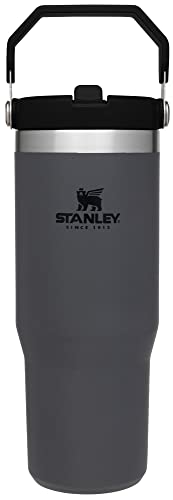
Leave a Reply